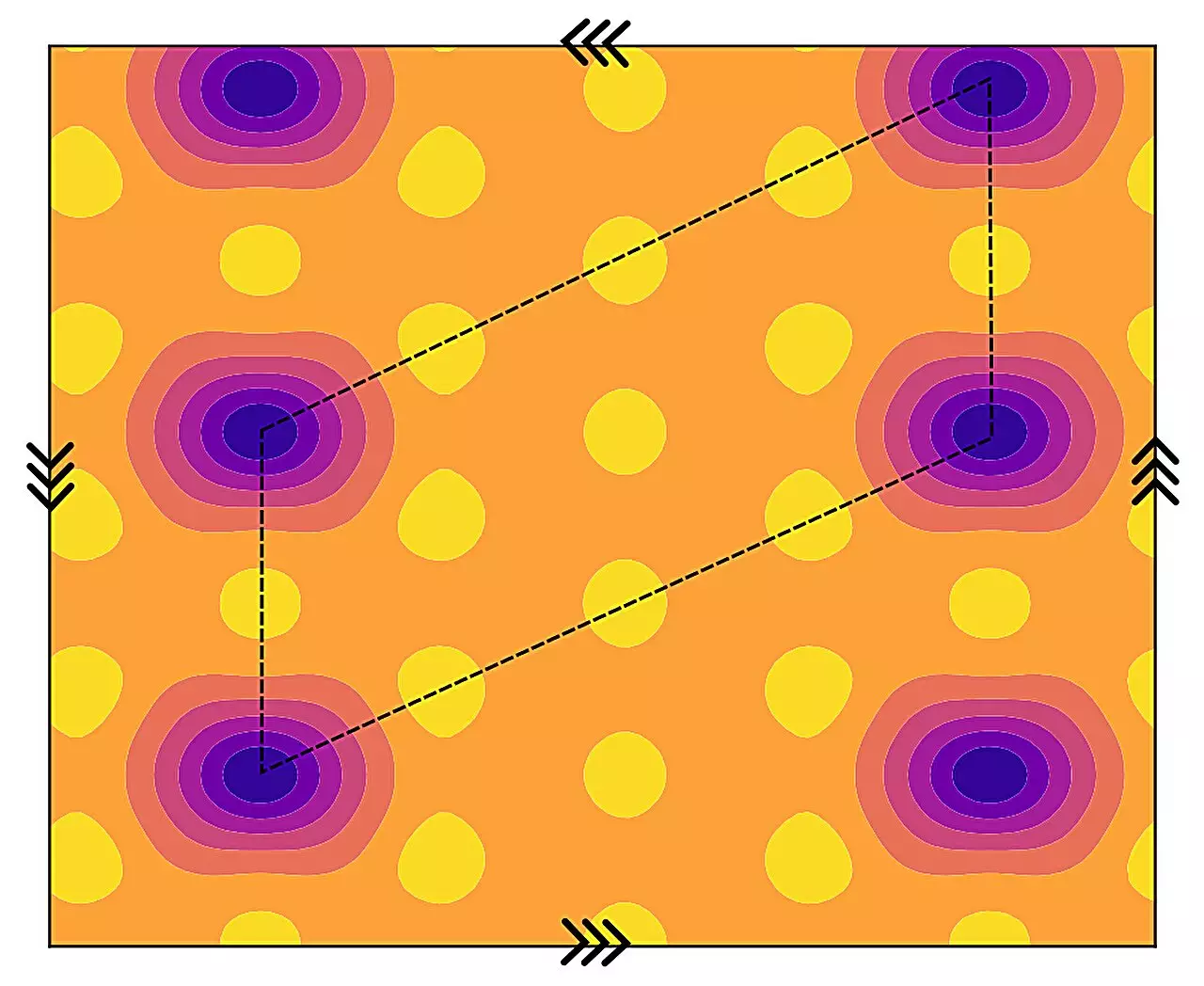Moiré superlattices have captured the imagination of physicists and material scientists alike due to their unique ability to reveal new states of matter and unexplored physical phenomena. These structures form when two layers of two-dimensional materials are overlaid with a slight twist, creating an intricate pattern that can significantly affect the electronic properties of the combined material. At the intersection of crystallography and quantum mechanics, they provide fertile ground for discovering exotic phases that challenge conventional understanding and open avenues for innovative technologies.
Recent collaborative research efforts from institutions such as California State University Northridge, Stockholm University, and the Massachusetts Institute of Technology (MIT) delve deeper into this captivating domain. Their findings, documented in the journal *Physical Review Letters*, introduce a novel quantum anomalous state of matter arising within fractionally filled moiré superlattice bands, specifically in the twisted bilayer of a semiconductor known as MoTe2. This research not only showcases the complex interplay of electron dynamics but also establishes a benchmark for future explorations in condensed matter physics.
The linchpin of the study lies in understanding the dual characteristics of electrons, specifically their particle-wave duality. As emphasized by Liang Fu, a co-author of the paper, the essence of crystallization in materials stems from the particle-like behavior of electrons, while their wave-like aspect facilitates topological phenomena. This research intriguingly reveals that both aspects may coexist in moiré superlattices, offering the possibility of previously unobserved states.
Through rigorous calculations and a fresh perspective on the interactions within moiré structures, researchers predicted the emergence of what they term a “topological electron crystal.” This new phase, characterized by the simultaneous presence of ferromagnetism, charge order, and topology, signals a departure from established understanding; typically, competing forces prevent such phenomena from manifesting concurrently.
The proposed state of matter challenges the conventional wisdom by intertwining properties typically seen as mutually exclusive. As co-author Emil J. Bergholtz suggests, this duality may not be a rare phenomenon but rather an intrinsic characteristic of moiré superlattices. The authors meticulously describe this state as non-ergodic, influenced by strong Coulomb interactions that can transform a material’s behavior, distinguishing it from simpler metallic states.
With a quantized and unexpectedly large zero-field Hall conductance, the implications extend far beyond theoretical musings. This combination of traits hints at a rich tapestry of potential applications, ranging from quantum computing to advanced materials science. Such findings add a practical dimension to theoretical predictions, urging experimentalists to discern these nuanced effects in real-world settings.
A significant takeaway from this study is the introduction of a phenomenological model that encapsulates the essential characteristics of the predicted topological electron crystal state. This simplified framework serves not just as an explanatory tool, but as a guiding light for future experiments in moiré systems. Co-author Ahmed Abouelkomsan poignantly noted that the findings indicate the presence of competing phases, including a composite Fermi liquid phase devoid of crystallization. This crucial understanding of energetic competition lays the groundwork for exploring how these various states interact under different conditions.
Current advancements in experimental techniques have led to the observation of related quantum states in twisted bilayer-trilayer graphene, illustrating the immediate applicability of the research outcomes. The theorized behavior can be practically verified, offering an empirical basis to affirm or refute the predictions put forth by the researchers.
As the landscape of condensed matter physics evolves, this holistic approach to studying moiré superlattices heralds a new era. The insights garnered from this investigation encourage a fervent exploration of exotic phases of matter in these complex systems. The prospect of integer Chern insulator crystals at fractional moiré band filling emerges as a tantalizing frontier for both theoretical inquiry and experimental verification.
The work conducted by Fu, Sheng, and their colleagues raises a plethora of unanswered questions regarding the interplay between competing states within these materials. Future studies promise to peel back the layers of this intricate tapestry, leading to a richer understanding of quantum phenomena at play.
Ultimately, as physicists continue to probe the distinctive characteristics of moiré superlattices, the path to unlocking revolutionary applications in quantum technologies and beyond looks remarkably bright. Exploring the unexpected—whether they be new states of matter or unforeseen interactions—will undoubtedly lay the foundation for profound advances in materials science and condensed matter physics.

